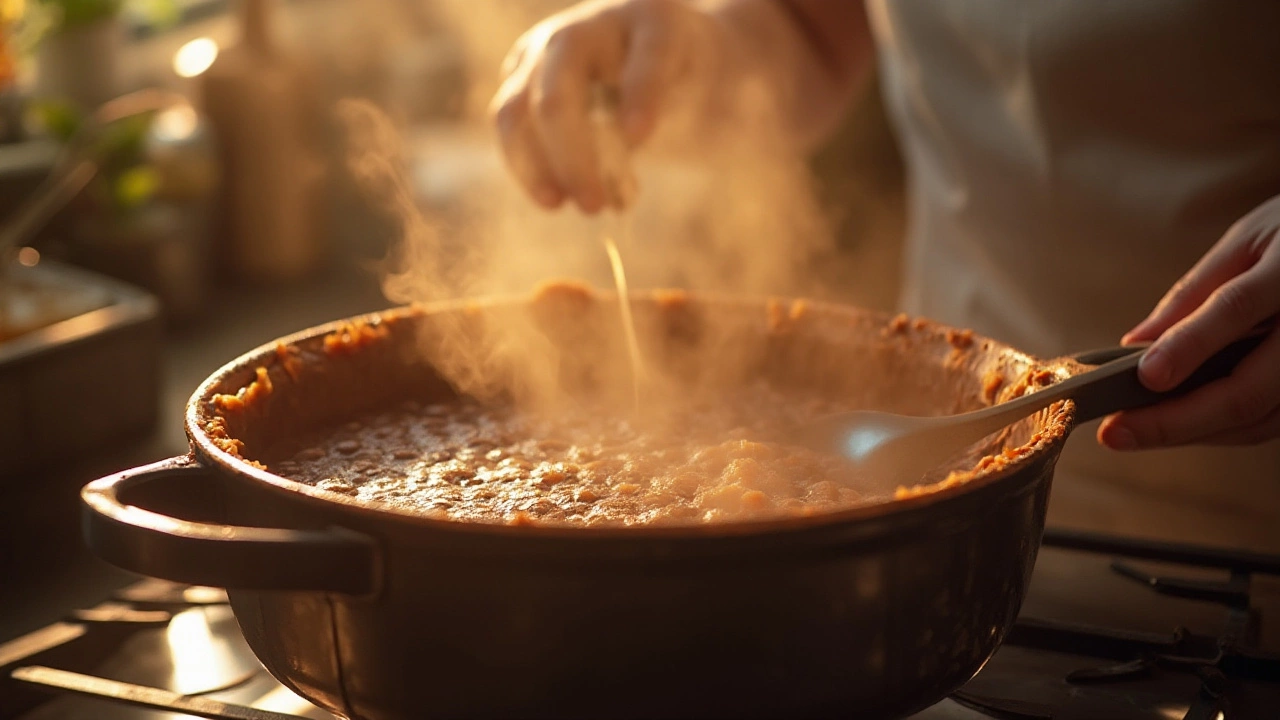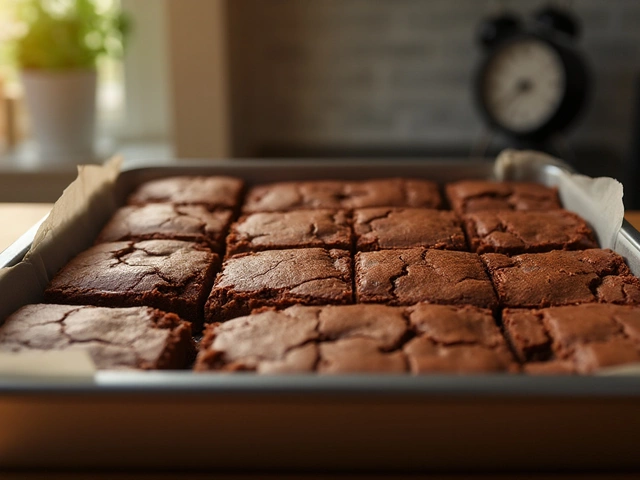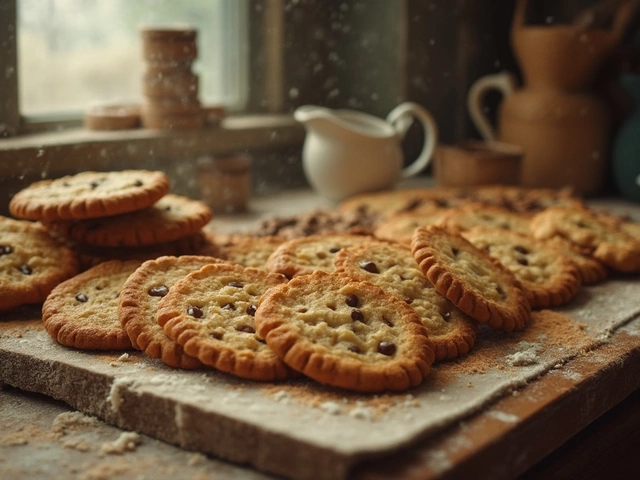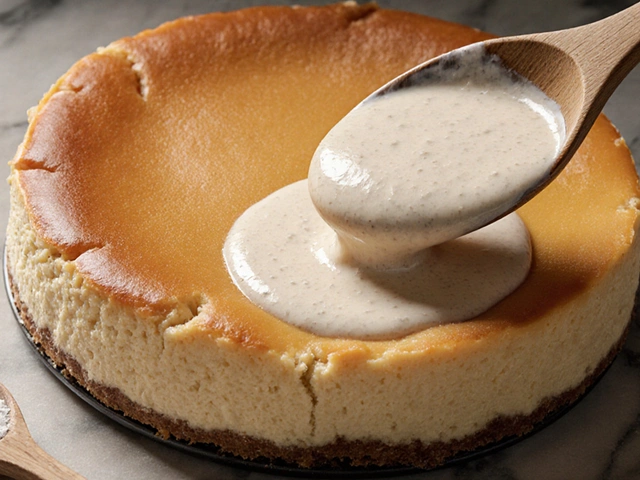Stirring Fudge: How to Get Smooth, Creamy Results Every Time
Fudge can be a nightmare if it turns grainy or hard, but the secret is usually how you stir it. A simple change in technique can turn a sticky mess into a glossy, melt‑in‑your‑mouth treat. Below you’ll find the most practical tips you can start using right away.
Why the Right Stir Matters
When the fudge mixture reaches the soft‑ball stage (around 235‑240°F), the sugar crystals are still forming. Stirring too early or too fast breaks those crystals, making the fudge grainy. Waiting until the temperature drops a few degrees gives the crystals a chance to settle, then a gentle, steady stir helps them line up into a smooth network. This is why most experts—like the author of the "Fudge Temperature Guide"—stress timing over speed.
Another factor is the pan. A heavy‑bottomed pot distributes heat evenly, preventing hot spots that can over‑cook parts of the fudge. If you notice the edges bubbling while the middle is still thin, lower the heat and keep the stir gentle.
Step‑by‑Step Stirring Guide
1. Heat to soft‑ball stage. Use a candy thermometer; once you hit 237°F, turn off the burner.
2. Cool slightly. Let the mixture sit for 3‑5 minutes. It should thicken enough that a spoon drips slowly.
3. Start the stir. Grab a wooden spoon or silicone spatula. Begin at the edge and work your way toward the center. Keep the motion slow, like you’re mixing a thick pancake batter.
4. Watch the texture. After about a minute, the mixture will lose its glossy shine and look more matte. That’s the cue to keep stirring until it thickens enough to coat the spoon.
5. Beat, don’t whisk. If you need a bit more air, lift the spoon and fold the fudge over itself a few times. Avoid rapid whisking; it can introduce air bubbles that dry out the fudge.
6. Pour and set. Quickly spread the fudge into a greased pan. It will firm up in 20‑30 minutes. If you see cracks forming, you probably over‑stirred or let it cool too long.
These steps line up with the advice from "The Real Secret to Perfect, Creamy Fudge" and the "How to Make Fudge That’s Smooth and Not Grainy" guide. Both stress the same three things: right temperature, short cooling, and gentle stirring.
If your fudge still ends up too hard, check altitude adjustments. Higher altitudes need a slightly lower final temperature—about 5°F less. And if you live at sea level and get a grainy result, you may have stirred too early.
Remember, practice makes perfect. The first batch might be a little off, but once you lock in the timing, you’ll be able to whip up smooth fudge in no time. Keep these tips handy next time you crack open that chocolate bar, and you’ll impress anyone who tries a bite.

The Perils of Stirring Fudge Too Early and How to Avoid Them
Stirring fudge too early during the cooking process can significantly affect its texture, leading to a grainy or crystallized finish. Understanding the science behind this common mistake and learning how to properly make fudge can ensure a silky, smooth outcome every time. Discover the critical moments of fudge making and employ expert tips to perfect this sweet concoction and impress at any occasion.
View More




